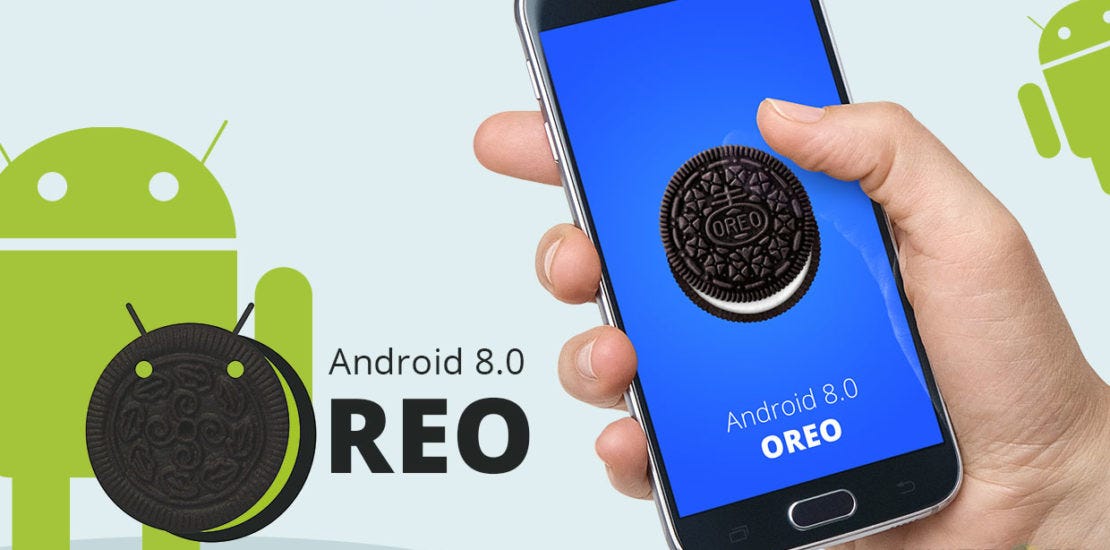Remember Remember to Target Latest Android API Level Now!

In the recent Google IO 2018 event held in May 2018, Google recommended developers to update to latest Android APIs after August 1, 2018. So, this article is a big big reminder for this announcement. > # August 1 has passed and all the new android apps on Google Play should target API Level 26 (Android Oreo) in order to be published.
But Why? Why should I update it?
Well simple answer is: boss’s orders. Boss is Google here I suppose. Major part of the reason is that Google is focusing on security updates. And since the introduction of Project Treble in Android 7, its become easier for mobile phone manufacturers to release Android OS updates to the devices. And if the devices keep updated to latest version, then why not the apps?
Though Google is working hard on backward compatibility and support APIs, but its very important to target latest APIs to fully utilize the new features and backward compatibility support. This not only makes your app better on all devices (new and old), but also makes your app more secure and safe. You can read more about it on this blog by Google here. [Improving app security and performance on Google Play for years to come *Posted by Edward Cunningham, Product Manager, Android Edit: Updated post on Dec 21 to clarify that when the 64-bit…*android-developers.googleblog.com
Okay fine! But what do I update?
In simple words, all your new and existing Android apps immediately. Now, let’s break it down and see which apps to update and when.
August 2018 — This is Now
All the new apps are required to target API level 26 (Android Oreo 8.0) or higher. New apps here is referring to the apps, which are not uploaded on Google Play yet, including the alpha and beta apps as well.
November 2018
The updates to the existing apps (which are available on Google) are required to target API level 26 (Android Oreo 8.0) or higher. Please note here that existing apps which are not providing any updates are unaffected and will continue to work in normal manner. Only the updates to those apps are required to target latest APIs.
2019 Onwards
Each year the targetSdkVersion requirement will advance to new level. And all the new apps and existing apps will need to target the corresponding API level or higher within one year of time. > One more thing to note here is developers remain free to use a minSdkVersion of their choice, so there is no change to your ability to build apps for older Android versions. Google encourages developers to provide backwards compatibility as far as reasonably possible.
Ahan, I understand. So, how do I update?
Well, the procedure is very easy. There are some APIs which have been updated or removed in latest API level, so if your app is using those, then you will have to update the code accordingly. Here are a few such changes from recent platform versions:
Implicit intents for bindService() no longer supported (Android 5.0)
Runtime permissions (Android 6.0)
User-added CAs not trusted by default for secure connections (Android 7.0)
Apps can’t access user accounts without explicit user approval (Android 8.0)
You can get all the changes at the following migration guide here. Meet Google Play’s target API level requirement | Android Developers *This document highlights important points you should know in updating your target API level to meet the Google Play…*developer.android.com
Also, there was a dedicated session at Google IO 2018 about this. You can watch it at YouTube here.
So, now you can go ahead and update your awesome apps to provide android phone users more fresh and amazing user experience. Thank you for reading out.


